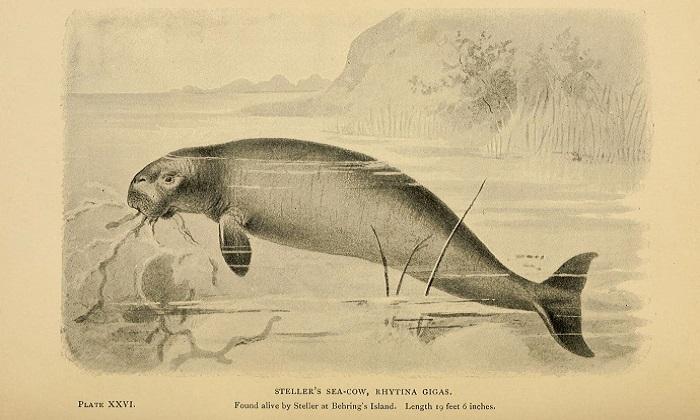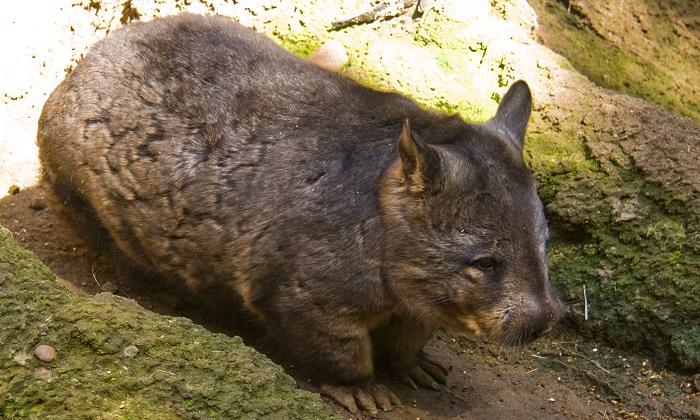A researcher in Russia’s Far East recently stumbled upon the skeletal remains of a Steller’s sea cow, a massive mammal hunted to extinction only several decades after it was first discovered by Europeans in 1741.
Marina Shitova, from the Commander Islands Nature and Biosphere Reserve, recently found the skeleton while she was monitoring the coastline of Bering Island.
Several days later, a team of eight people from the reserve came back to the site to uncover the remains of the animal, which counts as a relative of the manatee and dugong.
The team dug for four hours and collected the remains which included 45 spinal bones, 27 ribs, a left shoulder blade, shoulder and forearm bones and several wrist bones.
However, the team found some bones missing such as its skull, the cervical spine, several dorsal vertebrae and phalangeal bones of the left limb.
From the remains, they later estimated this particular sea cow was around six meters long before it died. According to some sources, sea cows could have grown to be as long as 10 meters in length.
The reserve plans to preserve the remains and put it on display at an upcoming Commander Islands Nature and Biosphere Reserve Visitor Center.
Sea cows were found in the shallow waters around Commander Islands in 1741 where they were once considered an endemic species. German naturalist Georg Steller has been attributed to discovering them after he was shipwrecked on Bering Island–one of the Commander Islands.
However, it wasn’t long until the slow-moving sea cow was hunted into extinction for its meat, fat, and hide. Fur hunters saw the last recorded sighting of a living sea cow in 1768, a mere 27 years after Steller had discovered them.
The Commander Islands are between Alaska and Russia.





Friends Read Free